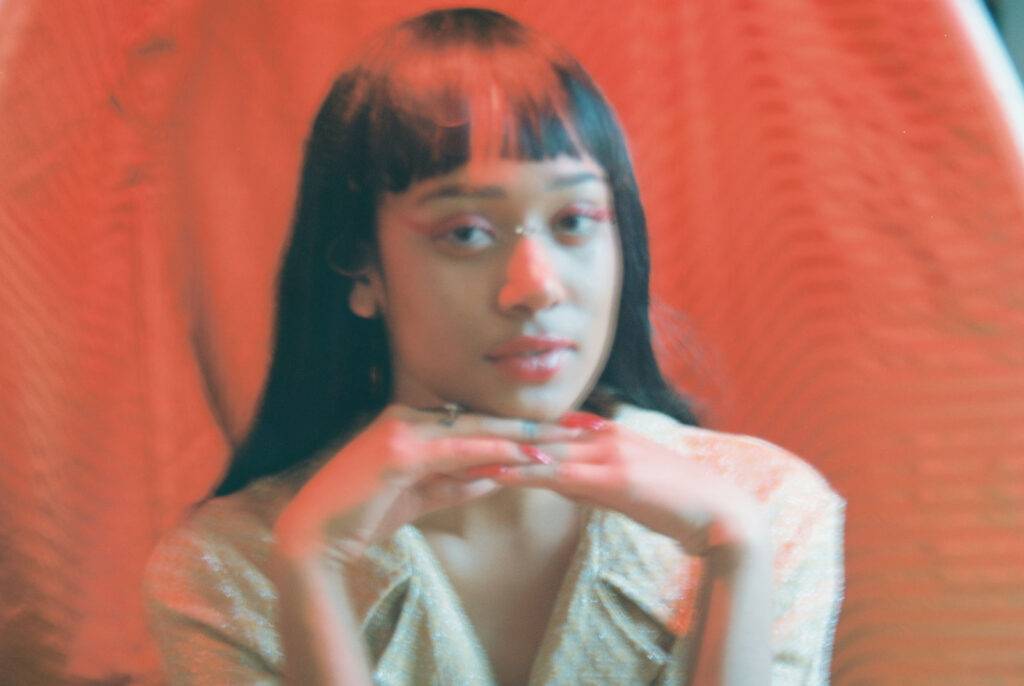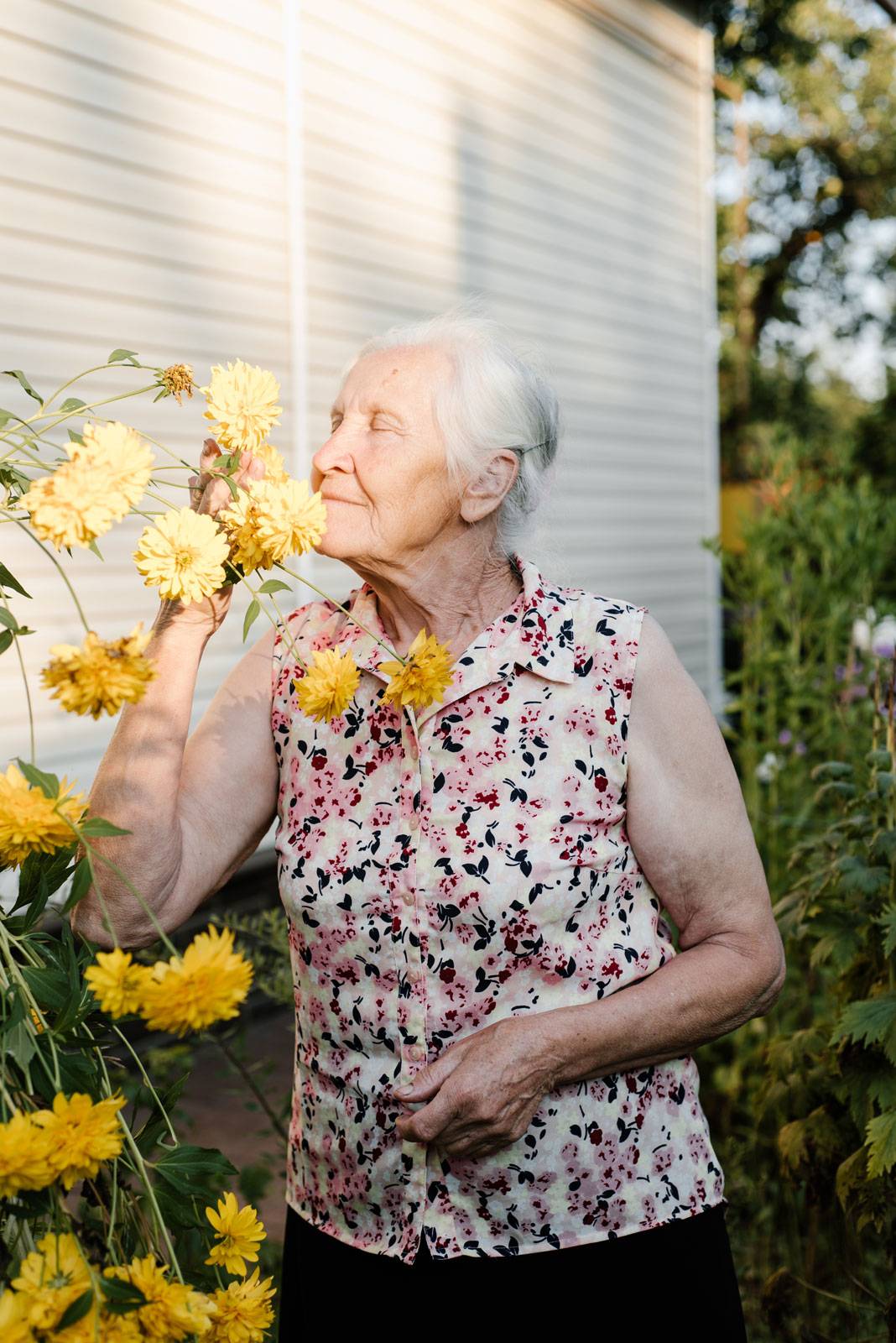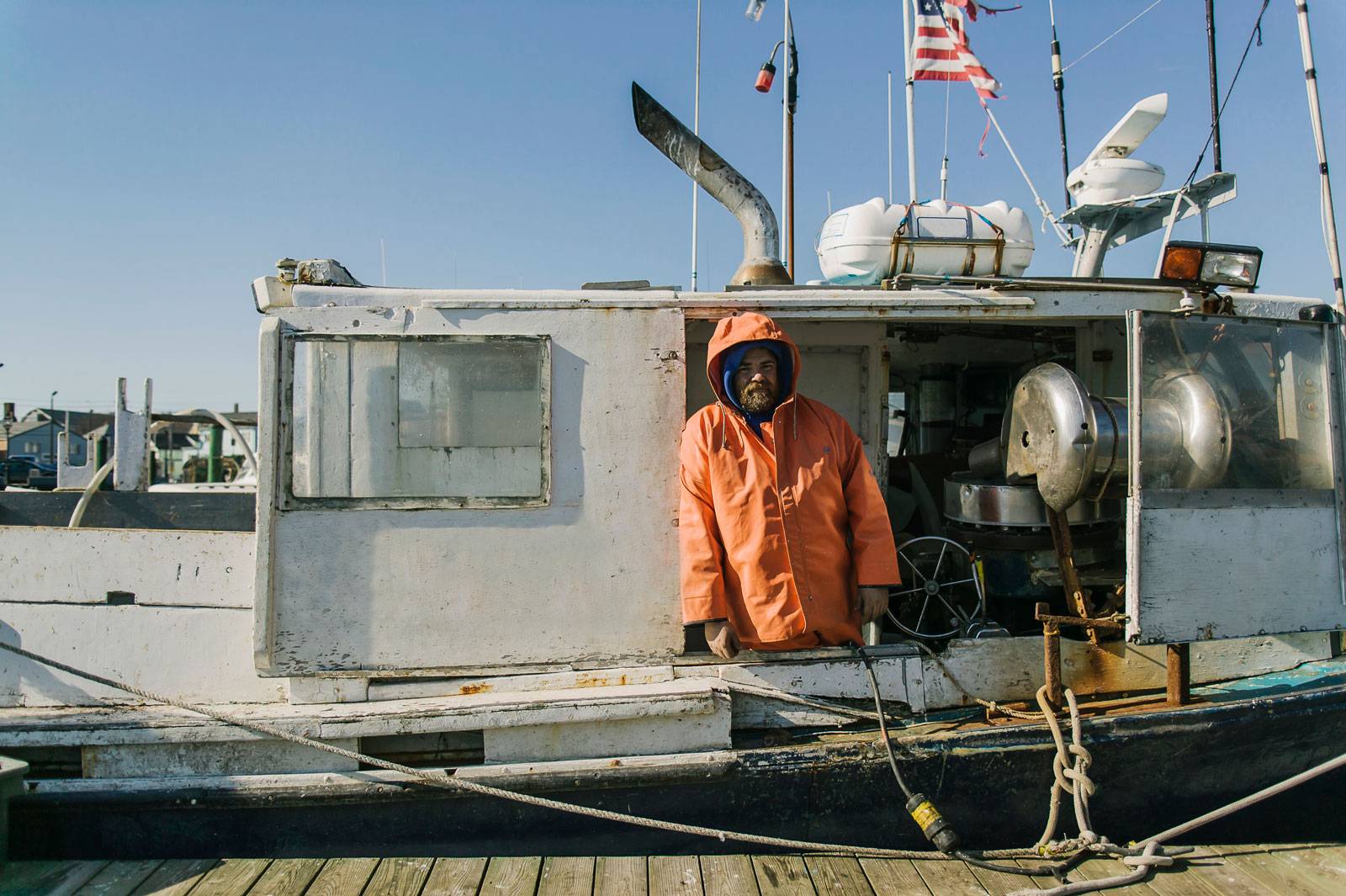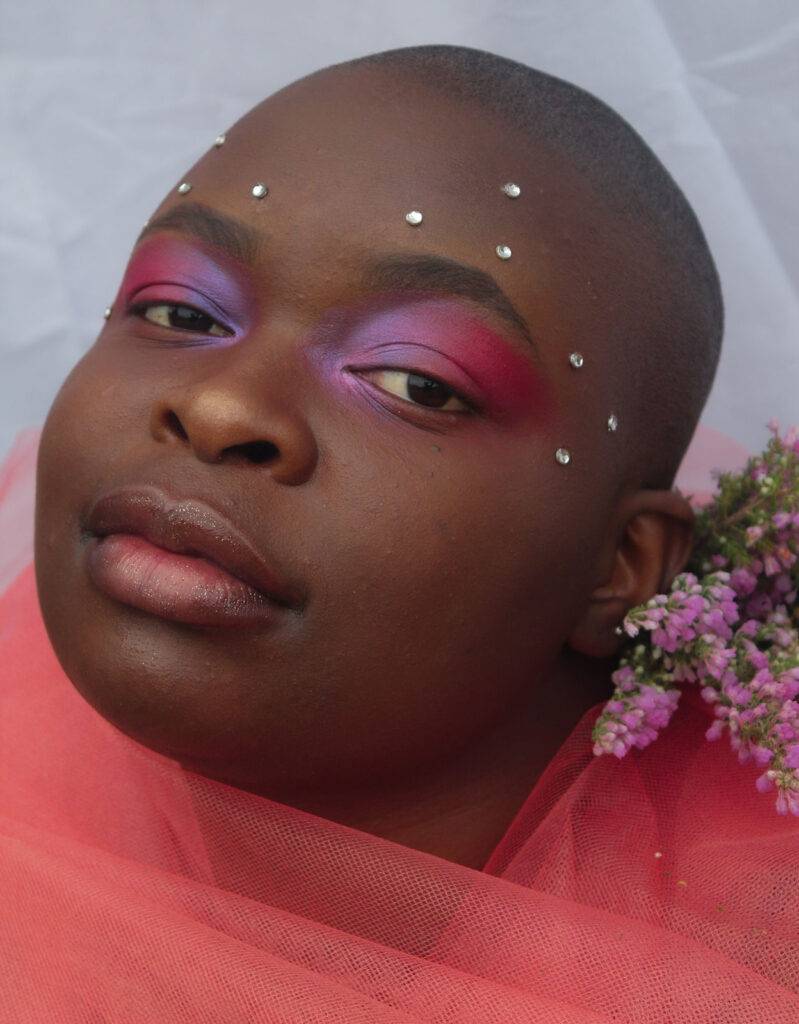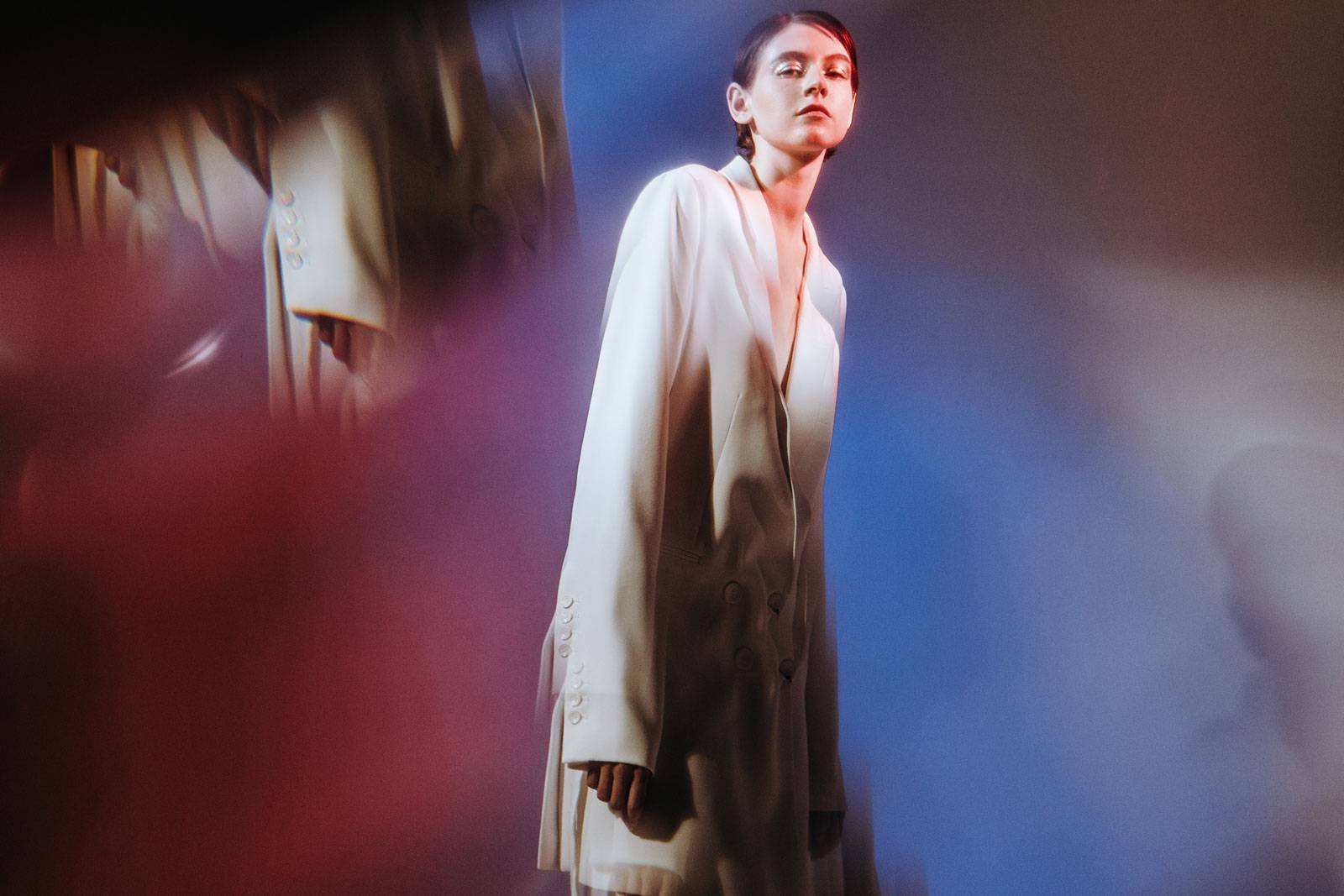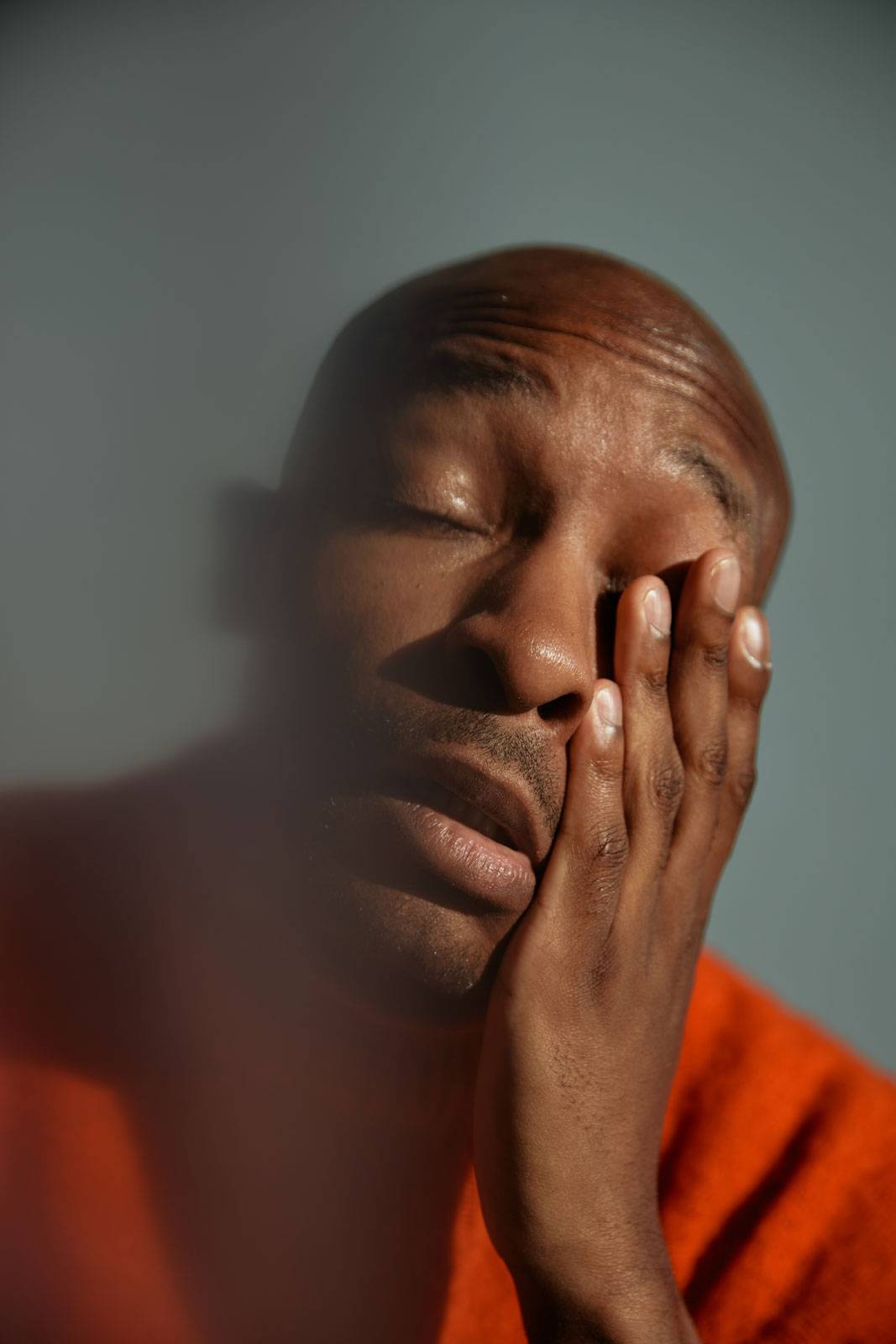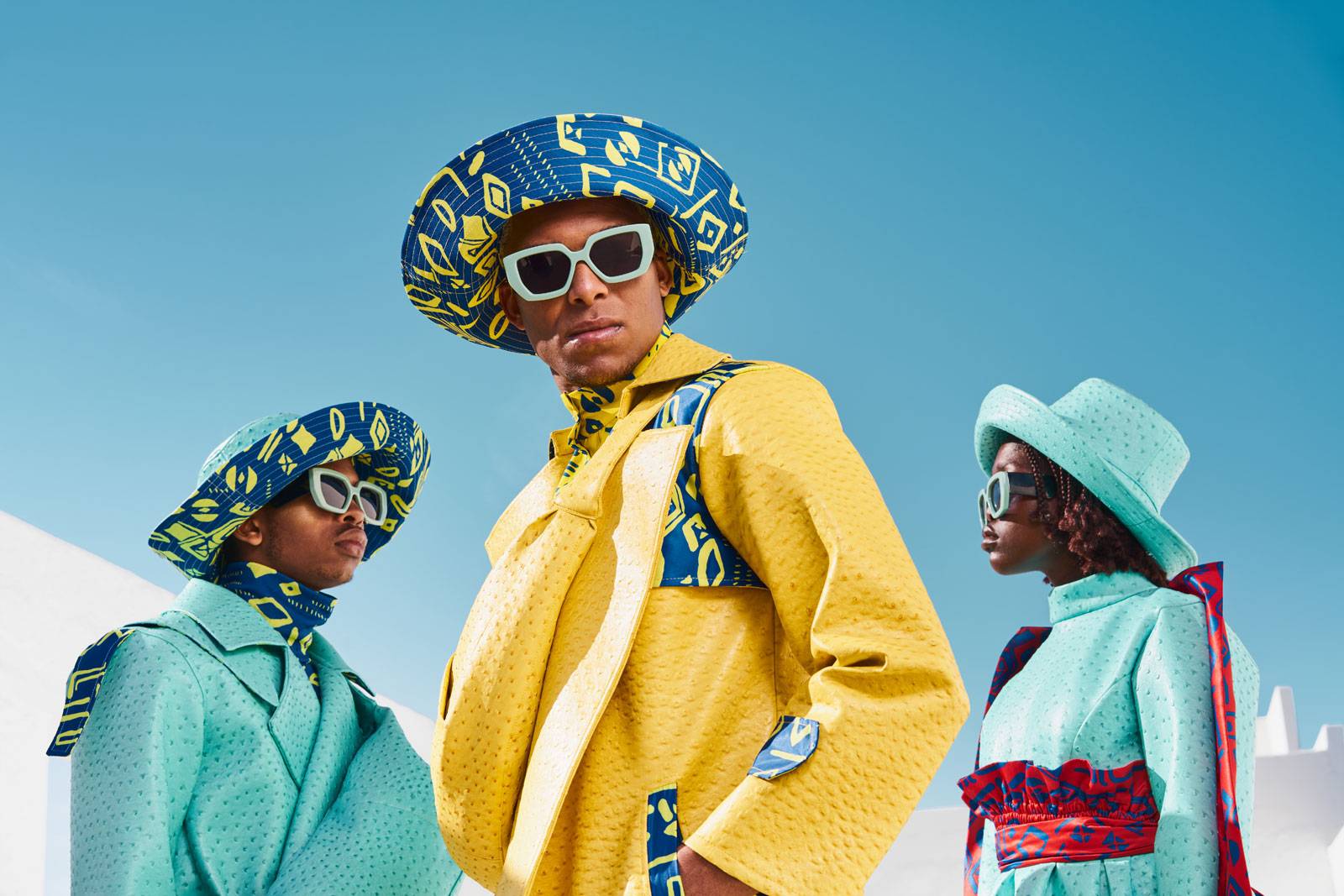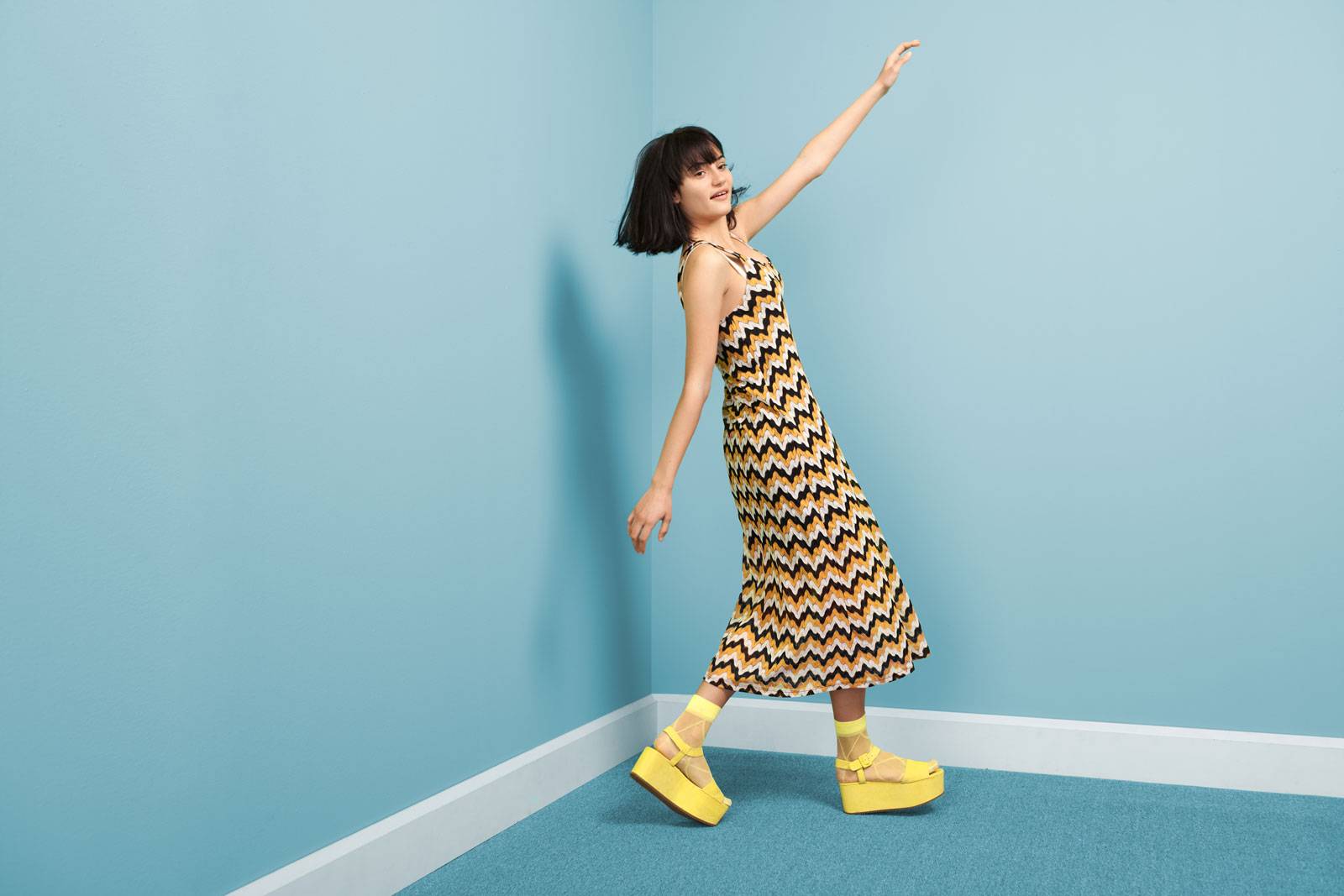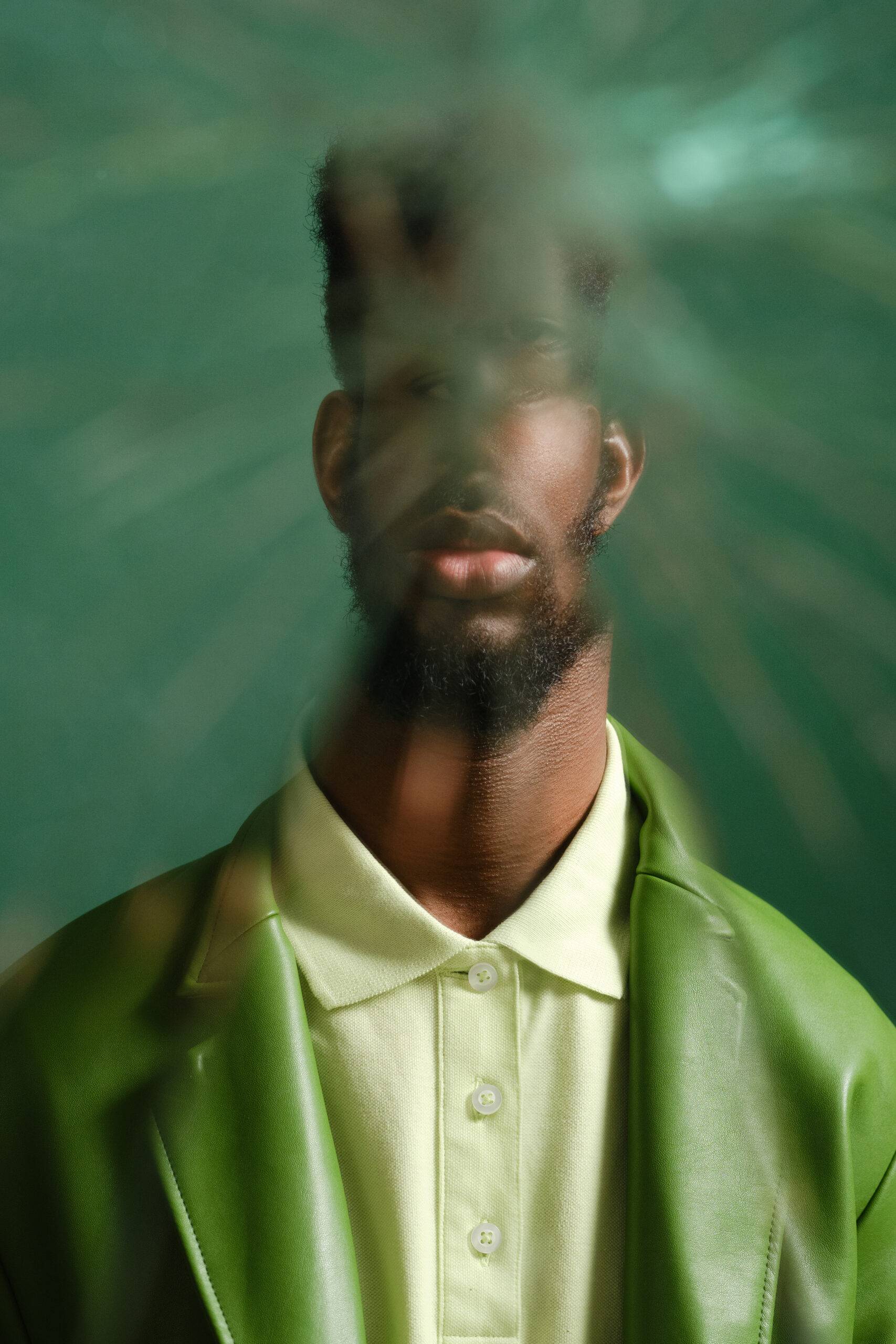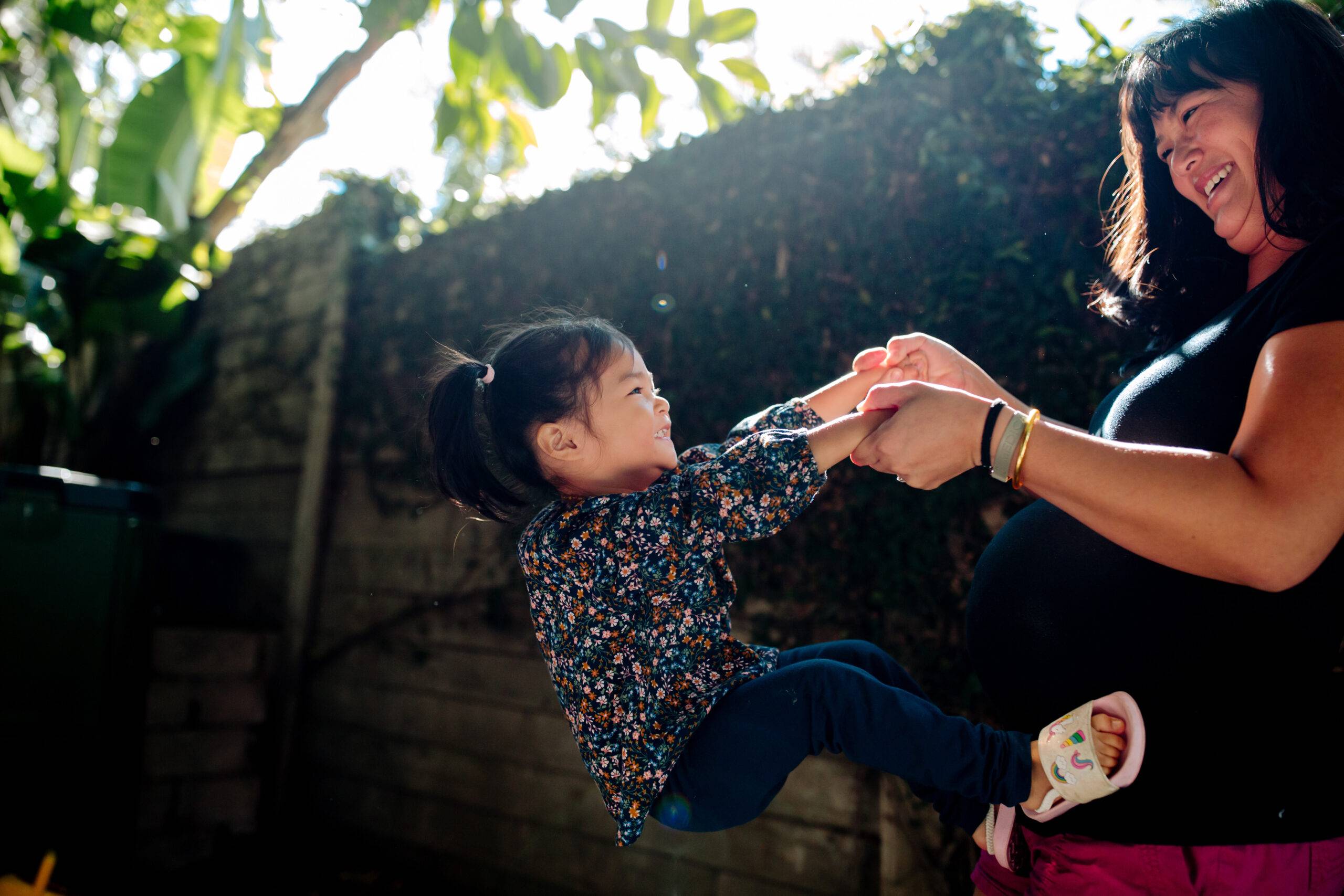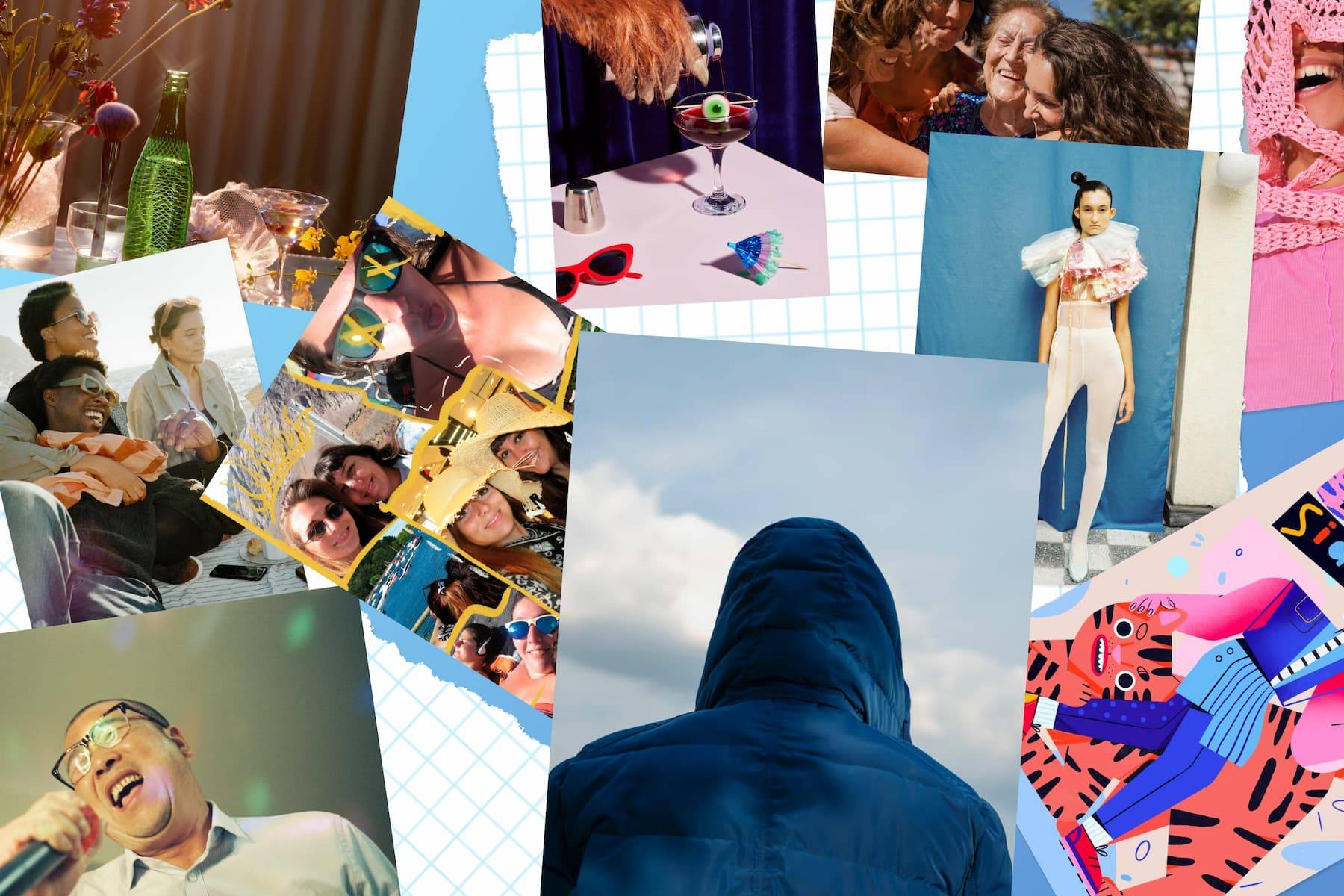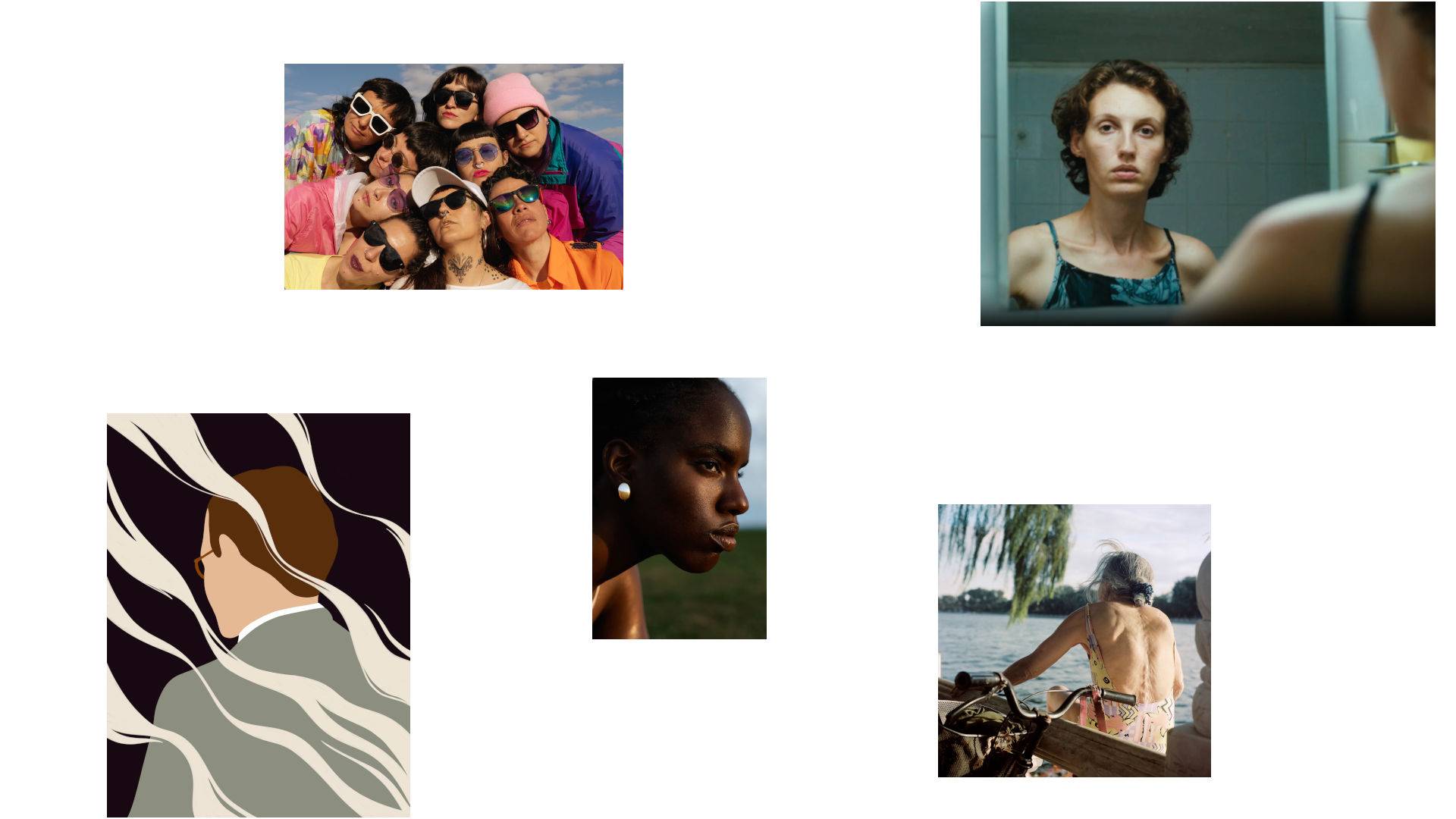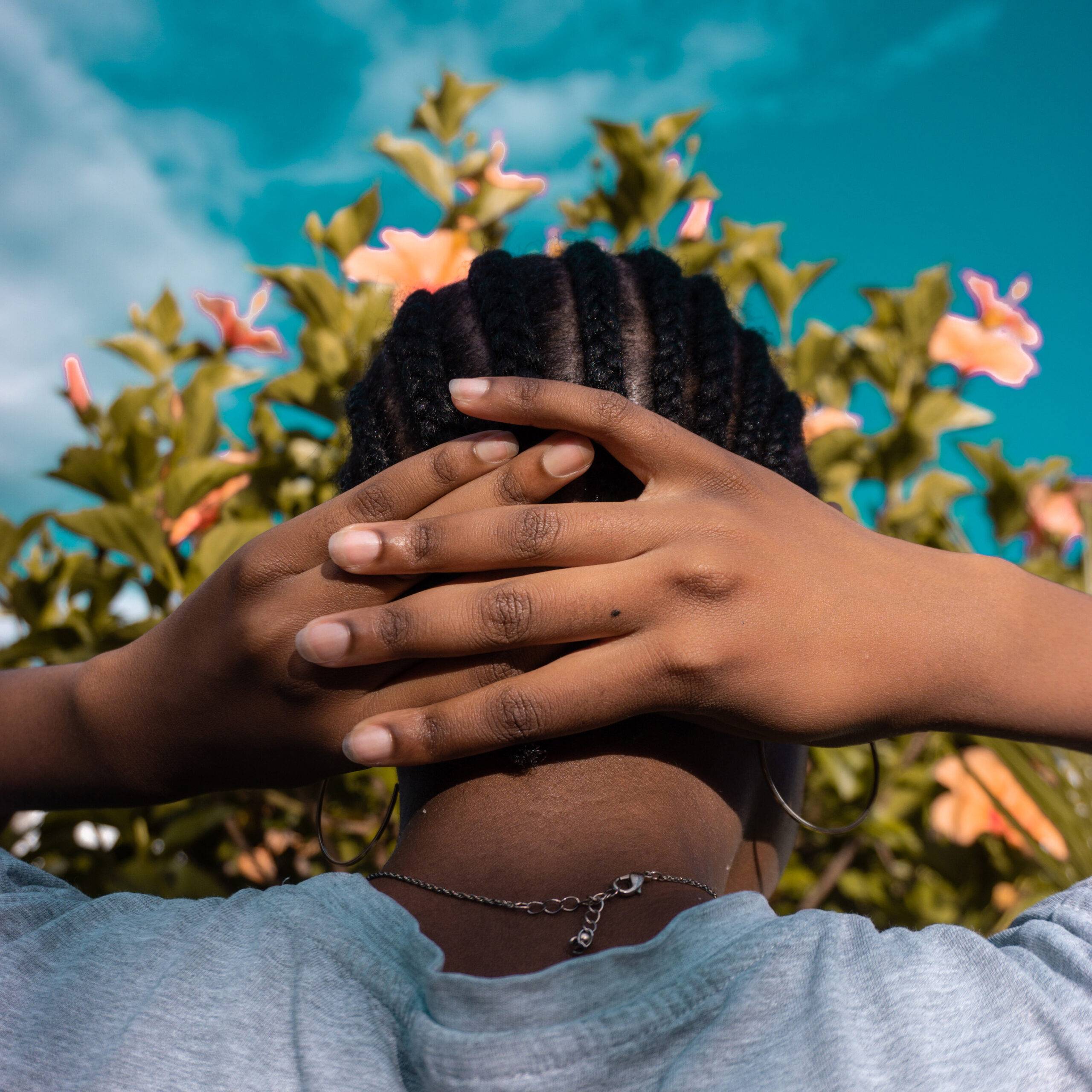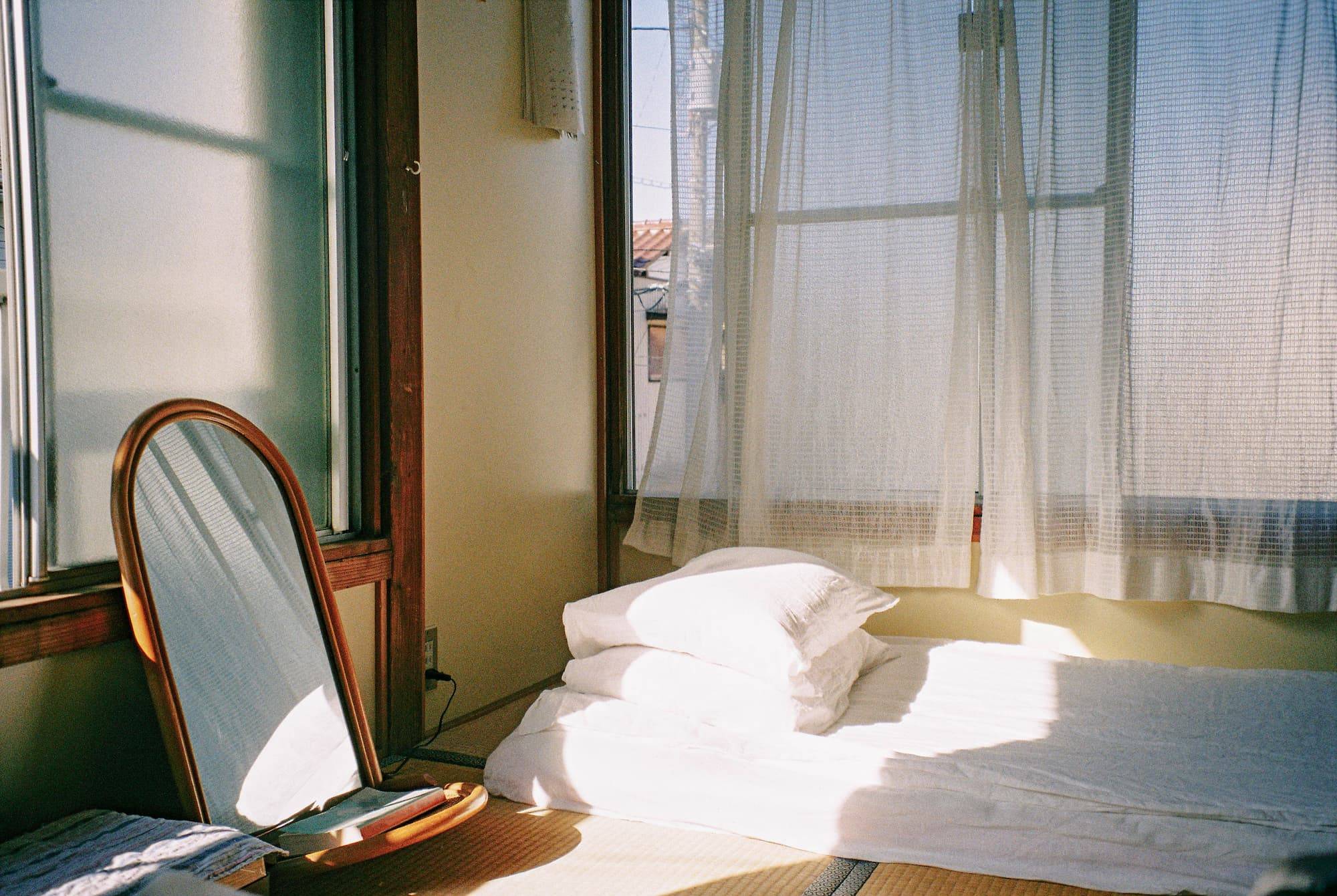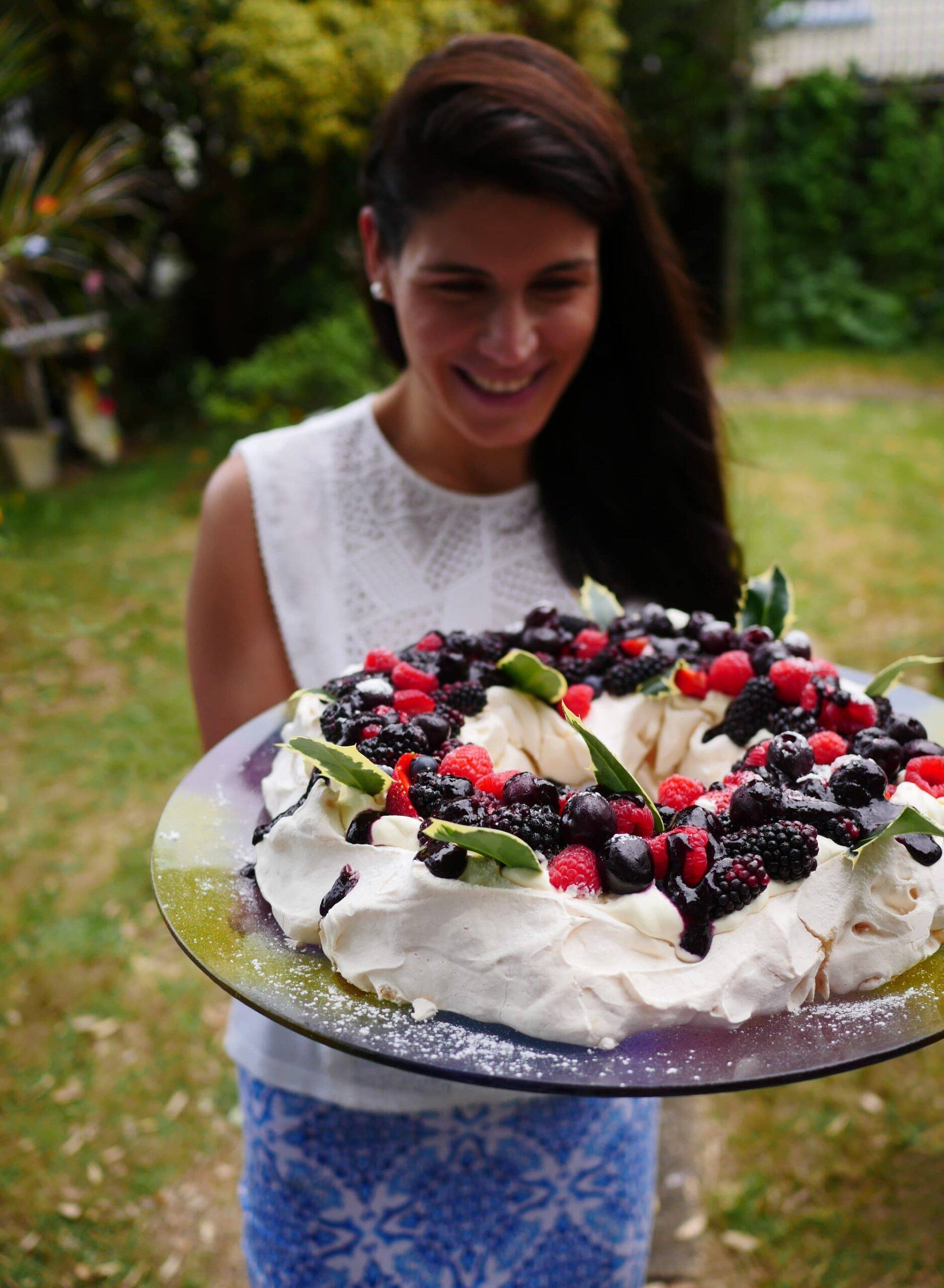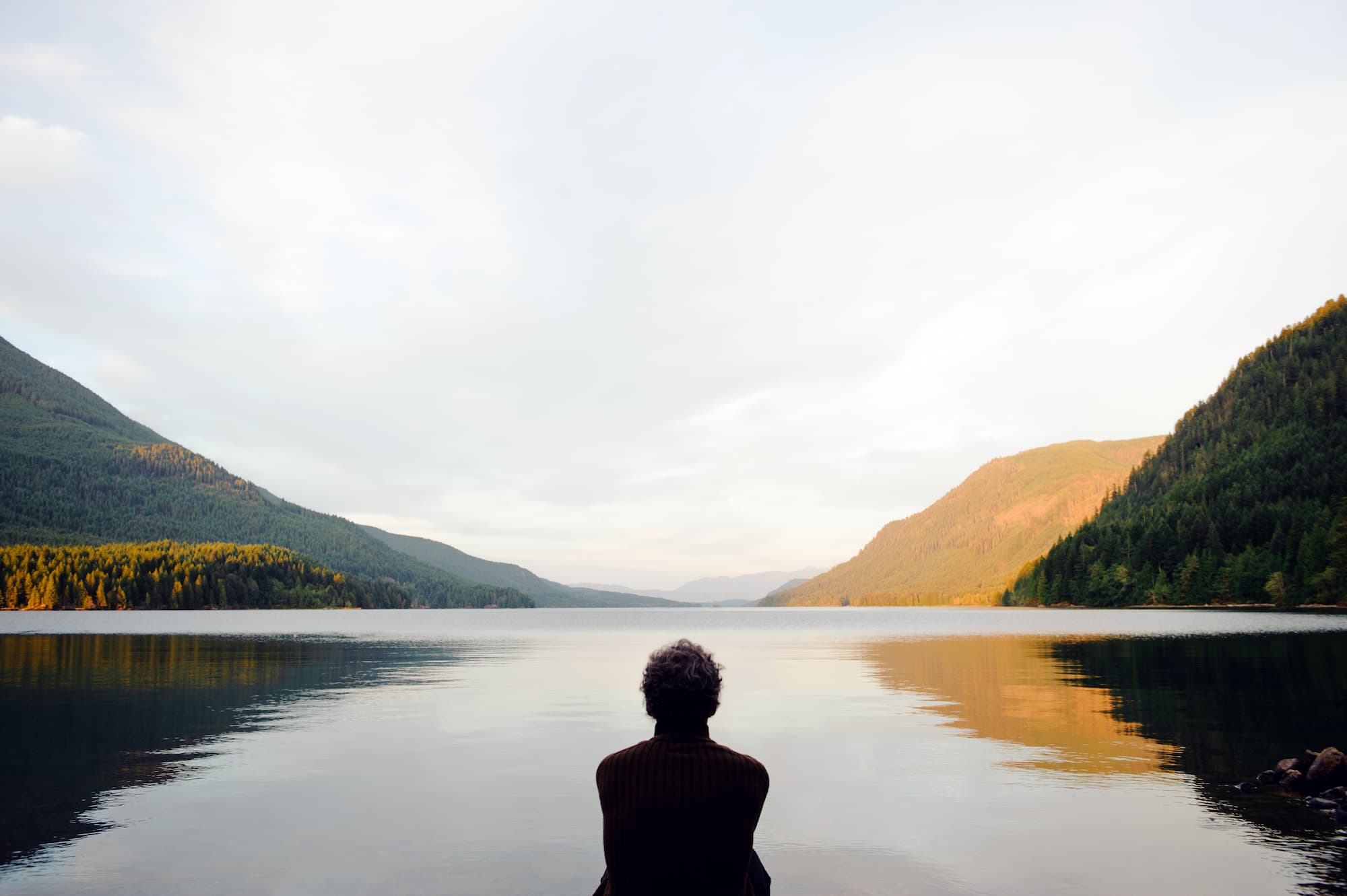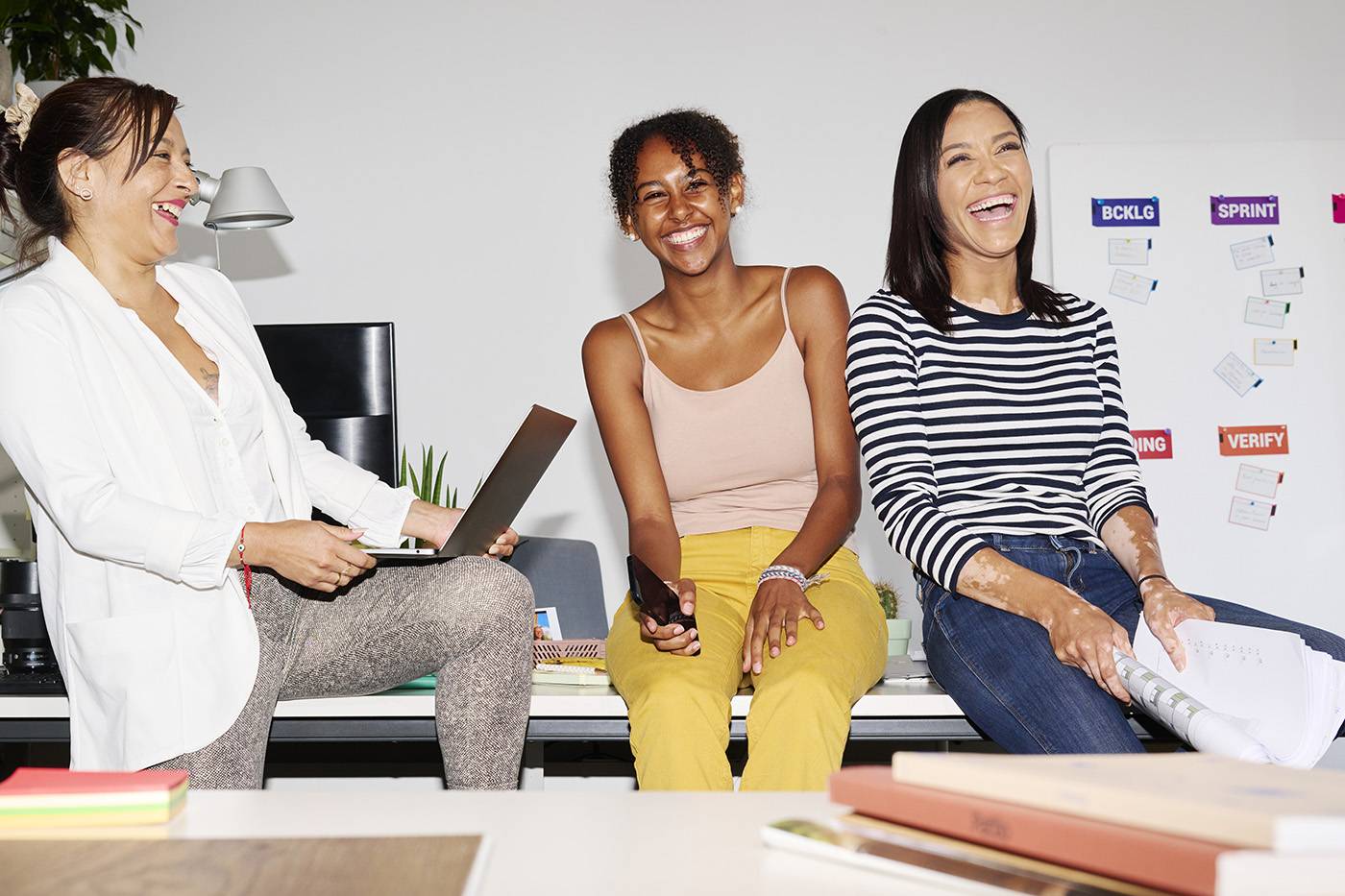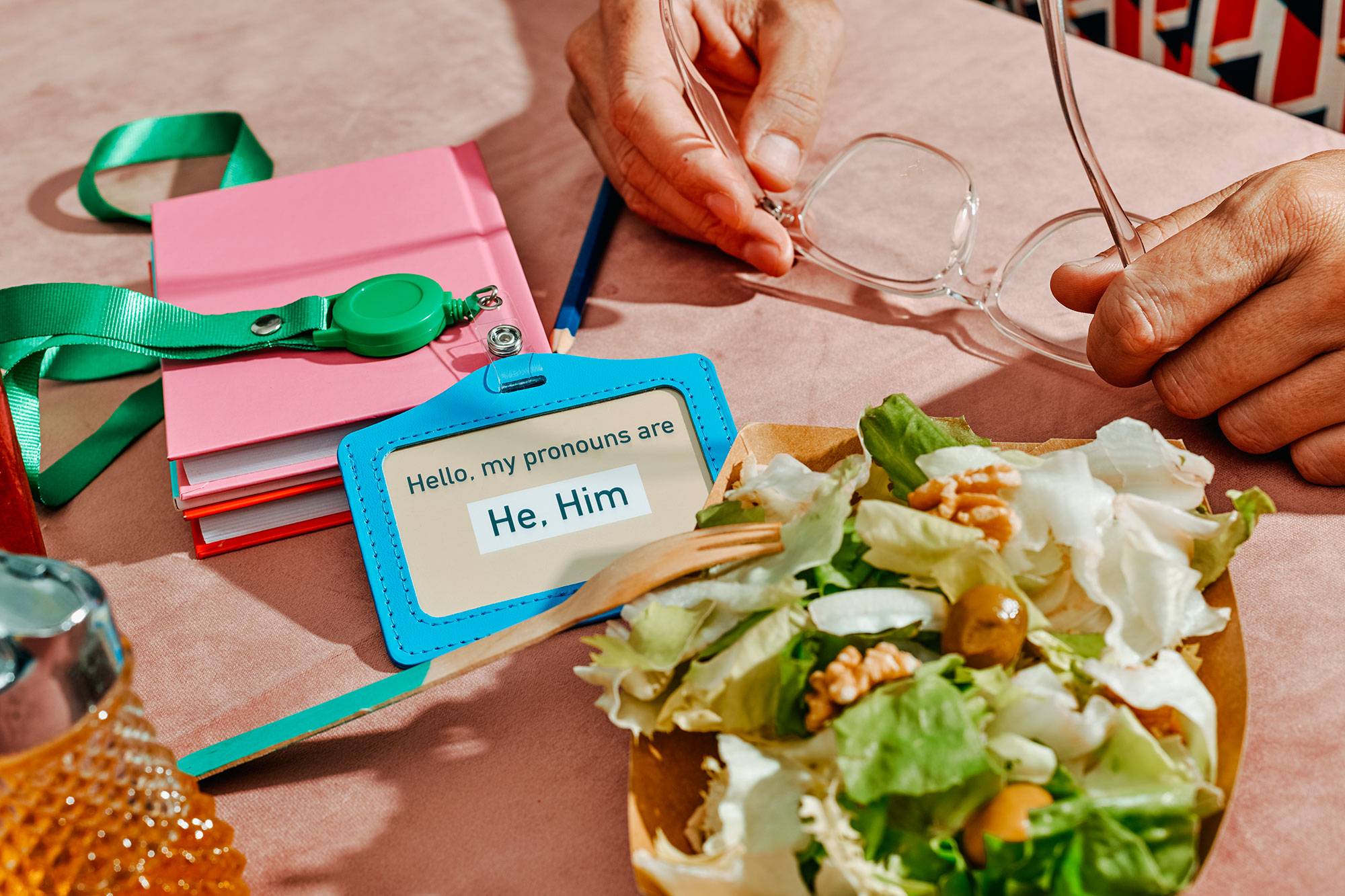People love portraits. We are surrounded by them. We see representations of people everywhere. But why are we so drawn to pictures of other people? More curiously, how can a stock portrait of an anonymous person capture our attention?
Portraiture is about more than pure representation. They may show us what a person looks like but, more importantly, they capture an idea. Stylistic choices like color, framing, lighting, setting, and expression can tell us how a person wants to be seen or they can capture a particular mood or emotion. In fact, without the distracting signifiers that come with recognizability, the right stock portrait can turn a stranger’s face into a powerful cultural piece.
The word “portrait” comes from the Latin “portrahere,” which translates to “drag out, reveal, expose.” Portraiture often is a translation of identity where we search for clues to a person’s character, a cultural mood, or even the human condition. We love portraits because we want to know what humanity looks like and see its essence reflected and illuminated in all of our different forms.
People pictures may seem like a dime a dozen but skillful portraits are an intricate craft. The collaboration between subject and creator is the most powerful element. When an artist makes a portrait of someone, they are presenting a particular impression and understanding of a person. But what they are able to reveal is entirely dependent on how they make their subject feel.
Portraits can range from the highly constructed — posed, creative, stylized — to the decidedly documentary — stripped down, spontaneous, raw. They can be as visually exciting as a dramatic production or can be a stark frame that allows the subject’s character to shine through. With so many different types of portraiture and so many faces in the crowd, how do you pick the best media for your project? Here is a brief walk through the main types of portraiture and how they are used.
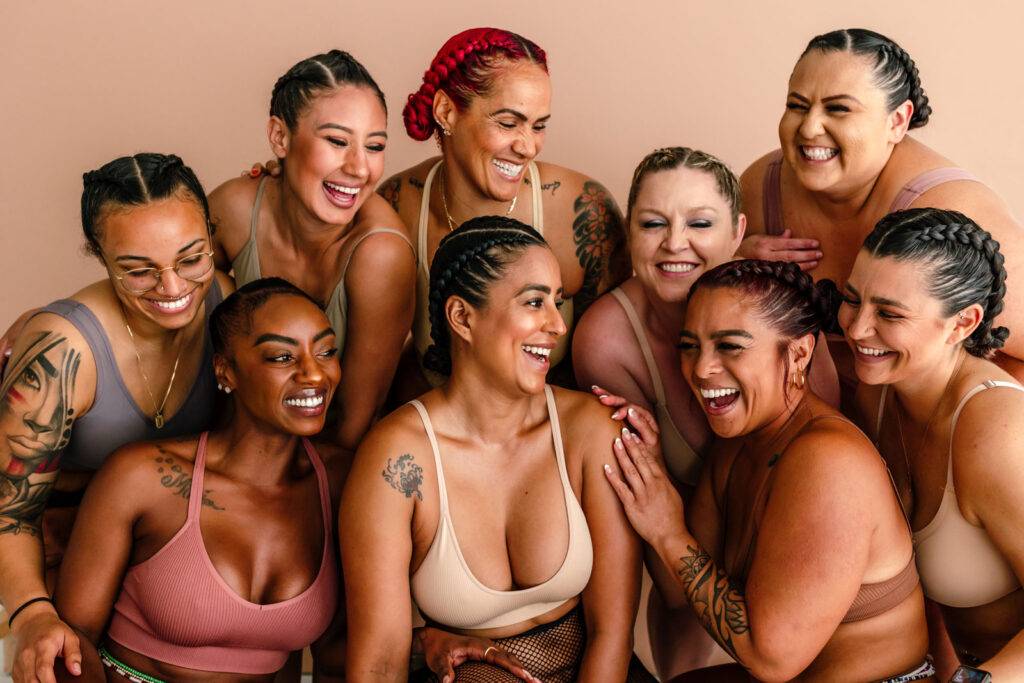
Group and family portraits
If you are a child of the 80s or 90s you probably think of the group portrait as being a cheesy, outdated format. You would be both right and wrong. Big brands have embraced everything from classy and classic professional cohort photos to dorky family portraits. Class photos, sports teams, and even front-porch family photos all have their rightful place in today’s brand landscape.
Beauty portraits
Despite its name, a beauty portrait is not necessarily about beauty. It describes a style of close-up framing where the model’s face is the primary content. Usually used to promote skincare, makeup, wellness, and body-positivity themes and products, beauty portraits can range from a crop at chest level to frank, extreme closeups.
In contemporary advertising and marketing, there has been a shift away from a tendency to flatter and idealize and a strong move toward more natural and honest explorations of faces.
Studio portraits
The neutral environment of a studio portrait draws attention to the subject and their attributes. In the absence of environmental context, the importance of lighting, backdrops, props, styling, and poses are heightened. The use of colorful backdrops continues to be popular. While super bold, high-key colored backdrops have been trending for years, there is also a move towards more pared-back color palettes and interesting uses of texture, pattern, and materials.

Environmental and lifestyle portraits
Environmental portraiture illuminates a person’s character and circumstances through their positioning within an environmental context. It is often taken in the subject’s natural surroundings, like their home or workplace, and typically describes their tastes and preferences.
In this type of portraiture, the environment and the person both have narrative importance. Peripheral details can add depth to the image and reveal clues about the subject.
Creative and conceptual portraits
Creative and conceptual portraits can use devices such as costumes, props, evocative locations, colored gels, etc. to build a narrative around the subject that expresses something imaginative. Or, they may involve some type of formal innovation such as the manipulation of the film or file in post-production. This artist’s approach uses portraiture as a base for the exploration of some kind of deeper theme or concept.
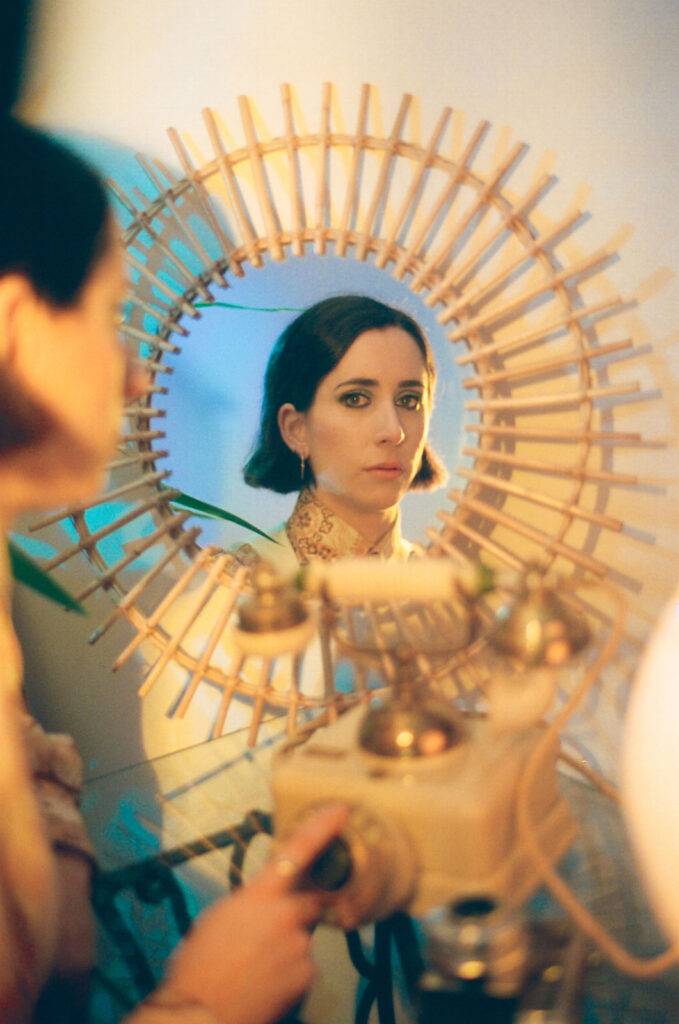
Fashion portraits
Fashion has long been a place for high experimentation and creativity. The core subjects are the garments, but the look, makeup, attitude, and pose of the model greatly influence how the fashion is read. Stylistic choices, such as lighting, location, backdrop, and accessories, all play key roles. Whimsy and fantasy tend to play heavily into fashion portrait concepts, but there is also a strong demand for minimal and sophisticated approaches.
Study the art of the portrait further
Stocksy is a royalty-free stock media agency specialized in conceptual and authentic visuals that capture the modern world. We are committed to enabling the entire creative class to execute — without compromise — meaningful, forward-thinking work that drives social progress.






